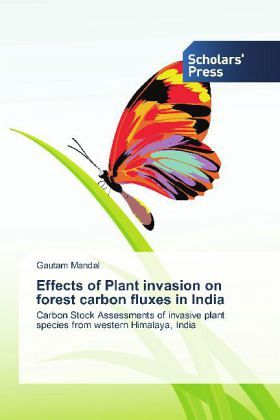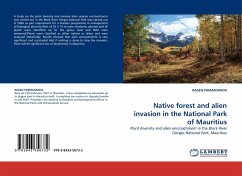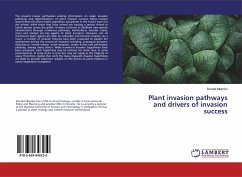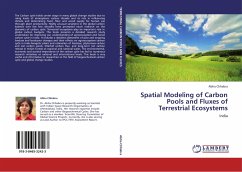
Effects of Plant invasion on forest carbon fluxes in India
Carbon Stock Assessments of invasive plant species from western Himalaya, India
Versandkostenfrei!
Versandfertig in 6-10 Tagen
66,99 €
inkl. MwSt.

PAYBACK Punkte
33 °P sammeln!
The Dry Deciduous forests of Doon Valley is threatened by various introduced pant species and continuously decreasing the diversity of native plants. These species are opportunistic and using the available resources of nature also encouraging the further invasion of plants. despite the fact that they are threat to the nature the present work explicitly suggest that these species can be well managed and used for reducing the level of atmospheric carbon di oxide. The present work Emphasize the importance of Biomass calculation of forest stands and the invasive shrubs, their roles in altering the...
The Dry Deciduous forests of Doon Valley is threatened by various introduced pant species and continuously decreasing the diversity of native plants. These species are opportunistic and using the available resources of nature also encouraging the further invasion of plants. despite the fact that they are threat to the nature the present work explicitly suggest that these species can be well managed and used for reducing the level of atmospheric carbon di oxide. The present work Emphasize the importance of Biomass calculation of forest stands and the invasive shrubs, their roles in altering the soil nutrients and further invasion establishment process of opportunistic species from Doon Valley dry deciduous forests in India.












